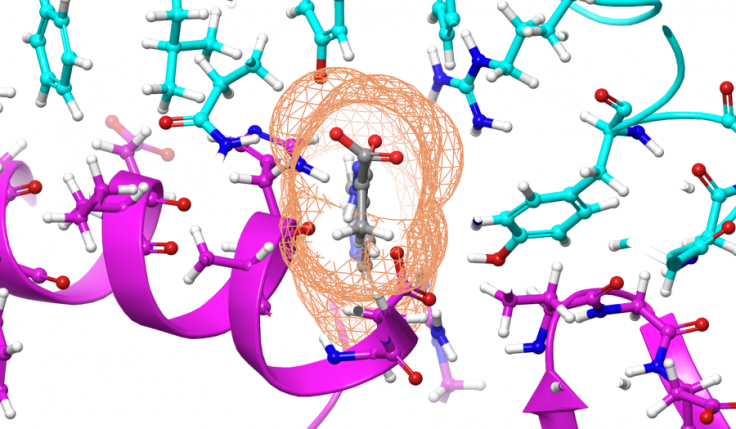The White House announced the launch of the COVID-19 High Performance Computing Consortium on Monday to provide COVID-19 global researchers free access to the world's powerful high performance supercomputers helping to slow the global coronavirus pandemic..
This public-private consortium is headed by "The White House, US Department of Energy, and IBM, includes government, industry, and academic leaders who have volunteered free compute time and resources on their machines," said a White House release
The initiative uses 16 supercomputing systems running on 775,000 CPU cores, 34,000 GPUs, and counting, partnered by IBM, Amazon Web Services, Google Cloud and Microsoft among others which includes the federal agency NASA. Researchers can submit their research proposal here. NASA Administrator Jim Bridenstine tweeted:
I'm proud that @NASA is lending our supercomputing expertise to assist in the global fight against COVID-19. For more than six decades the agency has used its expertise to take on challenges that have benefited people worldwide in unexpected ways. More: https://t.co/C2Qd8wbJCg
— Jim Bridenstine (@JimBridenstine) March 23, 2020
NASA to redirect its supercomputer

NASA would be redirecting its supercomputer that is used by them, which also run's models that predict Earth's future climate, according to Science Mission Directorate head Thomas Zurbuchen from his tweet.
Last week IBM announced using supercomputing resources to speed coronavirus-related research. Director of IBM Research Dario Gil said in an interview to CNN Business that IBM would focus on treatments for COVID-19 and would use computing in the direction of a cure for coronavirus disease.
Earlier this month IBM identified 77 compounds that could guide researchers to a cure. This was done in few days by the IBM's Summit supercomputer, by simulating 8,000 compounds to model which of those could potentially stop the virus's infection process by binding to the coronavirus's 'spike' protein responsible for infecting our cells.
Supercomputers can run superfast calculations that usually take months and years on traditional systems. In this case they can be used for research in areas like epidemiology and molecular modeling, 'because the systems mirror the interconnectivity that exists in nature,' Gil said, according to a report.








